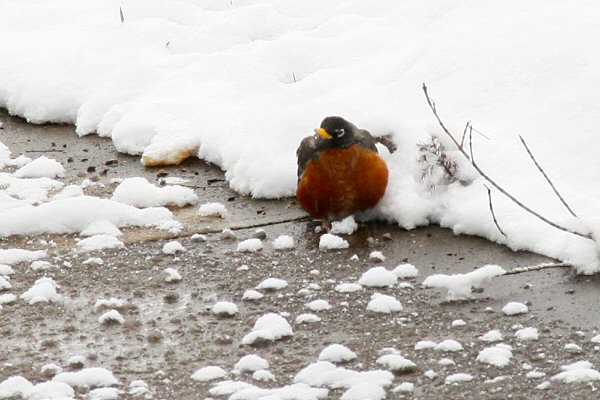Preparing For Cold Days Ahead
The leaves are changing and pumpkins are adorning many homes, which mean that cold weather is on the horizon. While it is still warm enough outside to do some much needed preparation, the center for disease control suggests that now is the time to check some items off your winter preparation checklist. According to the CDC, every home and car should have an emergency preparedness kit and compiling the necessary items is best done before the onset of cold weather. Blankets, a first aid kit, a brightly colored cloth and canned compressed air with a sealant are suggested items for the car, as well as a windshield scrapper and a bag of sand or cat litter for traction. In the home, an alternative heating source is of great importance, as are blankets, matches and a multi purpose chemical fire extinguisher. A battery operated radio and clock, flashlight or lantern, as well as extra batteries are items that should be included in an emergency kit. Food that can be eaten cold and a non powered can opener are also necessary. A melting agent, such as rock salt will help clear walkways and unique items like diapers and extra formula should be kept on hand. Those that have medical needs that require maintenance medication should be mindful that they do not run short during the cold weather months, when it may be impossible to take a quick trip to the pharmacy.
Now is the time to have chimneys inspected and wood delivered, as well as an annual furnace inspection. Likewise, it is time to take the car in for a cold weather maintenance visit and the gas tank should be kept as close to full as possible. Elderly are especially susceptible to winter weather and need to keep their homes above 65 degrees to avoid hypothermia. Purchasing an easy to read thermometer for indoors and outdoors will help seniors adjust the temperature accordingly. This is also a good time to check smoke detectors and carbon monoxide detectors to assure that they are properly working and have new batteries. Storing bottled water for emergency purposes is also recommended by the CDC.
This is also the time to prepare to care for furry friends during the cold winter months. Pets need to have warm, waterproof shelter and a water source that will not freeze, as well as appropriate food. It is recommended that outdoor pets be moved inside for cold days and nights, when the temperatures plummet, however it is critical that they have cold and wet weather proof shelter and an unfrozen source of water.
When the temperatures begin to dip toward the freezing mark, a little fall preparation can keep things warm, safe and secure for those that plan ahead.











